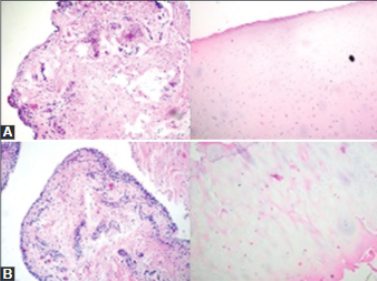Osteoarthritis in athletes – surgical and non-surgical aspects of treatment
DOI:
https://doi.org/10.17532/jhsci.2024.2572Keywords:
Athletes, cartilage, osteoarthritis, treatmentAbstract
Introduction: Osteoarthritis (OA) is a degenerative chronic process that primarily affects the elderly, but there are also reports of OA in the young and sports-active population. Symptoms of OA usually include pain, joint stiffness, and crepitation. Physical, radiologic, and laboratory tests are required for diagnosis. The main goal of OA treatment is to restore normal function to the joint affected by OA.
Methods: A literature search on PubMed was used to collect facts about the relationship between sports and OA and possible treatment methods. All forms of articles were considered in the literature search. Articles that were not written in English were not included. Literature from the library of the Faculty of Medicine in Mostar was an additional source of information.
Results: OA occurs more frequently in people who play or have played professional sports. On the other hand, daily exercise has a positive effect on cartilage metabolism. Most articles reported the occurrence of OA in former professional athletes. The joint most commonly affected by OA was the knee. Injuries were a predictive factor for the occurrence of OA, and most studies talk about anterior cruciate ligament injuries. Running and football were the most commonly studied sports. Treatment options include conservative treatment, surgical methods, and biological therapy.
Conclusion: Frequent strain and injury in athletes can cause cartilage damage and potentially lead to the development of OA. The benefits of exercise far outweigh the risks of developing OA. In addition, some studies report a significant stimulating effect of exercise on cartilage cell metabolism. Treatment of OA consists of the use of analgesics, intra-articular therapy, and physiotherapy. Surgical methods are considered when conservative approaches are unsuccessful. Biological therapy and similar treatments are the new potential treatments.
Downloads

Downloads
Published
License
Copyright (c) 2024 Vedran Markotić, Marijana Goluža, Igor Borić

This work is licensed under a Creative Commons Attribution 4.0 International License.










